This 3D Model of the Klingon D7 Battlecruiser from Star Trek consists of files in StereoLithography (.Stl) format optimized for 3D printing.
Before printing the files, we strongly recommend reading the PRINTING DETAILS section.
WHAT WILL YOU GET AFTER PURCHASE?
- 2 versions of D-7 Battle Cruiser STL files for FFF/FDM and DLP/SLA - files for all versions are available for download after the purchase
- STL files of high-poly D7 class Battlecruiser 3D Model for 3D printing consist of 68 files
- Sizes:
FFF/FDM: 181 mm tall, 468 mm wide, 652 mm deep
FFF/FDM (on the platform): 233 mm tall, 468 mm wide, 652 mm deep
DLP/SLA: 90 mm tall, 234 mm wide, 326 mm deep
DLP/SLA (on the platform): 117 mm tall, 234 mm wide, 326 mm deep
- Assembly Manual for FFF/FDM 1.0 and DLP/SLA 1.0 versions in PDF format
- Detailed settings that we provide as a recommendation for Cura, Simplify3D, Slic3r and PrusaSlicer for the best print
- Full technical support from the Gambody Support Team
Detailed information about this 3D printing model is available in the DESCRIPTION section.
ABOUT THIS 3D MODEL
Klingon D7 Battlecruiser is an intimidating craft that was initially designed and used by the Klingon Imperial Fleet and later by the Romulan military. The warship's construction continues the avian-inspired tradition, successfully combining bird-like features with functionality and an impressive array of weapons.
Our contributing 3D artist keeps helping the 3D hobbyists bring their favourite Star Trek ships to life! Klingon D7 Battlecruiser 3D Printing Model that he designed has every feature that makes the ship so special - the main bridge is located inside the bulbous head, which extends into a long neck and attaches itself to the bulk of the craft. The body of the D7 Battlecruiser flares out into the patterned wings where a pair of warp nacelles hangs. This beauty will not leave you indifferent!
ADAPTATION FOR 3D PRINTING
Klingon D7 Battlecruiser for 3D printing is a static assembly model and its moderation and adaptation for different types of 3D printers took the Gambody team 38 hours in total. The construction and proportions of the ship were thoroughly reviewed for it to look as authentic as possible and print out with a high level of detail.
For you to receive the cleanest 3D printing result possible and minimize the amount of filament needed for generated support, the Battlecruiser was divided into convenient assembly parts.
All assembly parts in the FFF/FDM 1.0 version are provided in STL files in recommended positions that were worked out in order to ensure the smoothness of the details’ surfaces after printing and that the 3D printing beginners won't face difficulties when placing the parts on a build plate. When downloading any model's file you will also receive "Assembly Manual" for FFF/FDM 1.0 and DLP/SLA 1.0 versions in PDF format. We highly recommend that you get acquainted with the “Assembly video” and "Assembly Manual" before getting down to the Klingon D7 Battlecruiser model.
The model is saved in STL files, a format supported by most 3D printers. All STL files for 3D printing have been checked in Netfabb and no errors were shown.
The model’s scale was calculated from the length of the Klingon D7 Battlecruiser which is 228 000 mm. The 3D printing model’s chosen scales are 1:350 for the FFF/FDM version and 1:700 for the DLP/SLA version.
VERSIONS' SPECIFICATIONS
FFF/FDM 1.0 version features:
- Contains 34 parts;
- A printed model is 181 mm tall, 468 mm wide, 652 mm deep;
- A printed model on the platform is 233 mm tall, 468 mm wide, 652 mm deep;
- The model can be displayed on the decorative platform or independently. When displaying the model independently, you can cover the slot for the platform with a cap;
- The model was made hollow for you to use LEDs and light up the main bridge, forward launcher, impulse engines, etc.; the battery can be stored inside the aft section of the craft;
- All parts are divided in such a way that you will print them with the smallest number of support structures.
DLP/SLA 1.0 version features:
- Contains 34 parts;
- A printed model is 90 mm tall, 234 mm wide, 326 mm deep;
- A printed model on the platform is 117 mm tall, 234 mm wide, 326 mm deep;
- The model can be displayed on the decorative platform or independently. When displaying the model independently, you can cover the slot for the platform with a cap;
- The model was made hollow for you to use LEDs and light up the main bridge, forward launcher, impulse engines, etc.; the battery can be stored inside the aft section of the craft;
- All parts are divided in such a way to fit the build plates and to ensure that support structures are generated where needed.
You can get the model of the Klingon D7 Battlecruiser for 3D Printing immediately after the purchase! Just click the green Buy button in the top-right corner of the model’s page. You can pay with PayPal or your credit card.
Watch the tutorial on how to assemble Klingon D7 Battlecruiser 3D Printing Model on Gambody YouTube channel.
Also, you may like Klingon Bird-of-Prey, Romulan Warbird, and other Star Trek models for 3D printing.
_______
FAQ:
Where can I print a model if I have no printer?
How to get started with 3D printing?
How to set up my 3D printer?
How to choose right 3D model print bed positioning?
How to paint printed figurine?
Generic
Below you can find printing recommendations for Cura, Bambu Studio, Simplify3D, Slic3r and PrusaSlicer software.
Disclaimer: The following printing settings are a recommendation, not an obligation. The parameters can vary depending on the peculiarities of your 3D printer, the material you use, and especially the particular assembly part you are working with. Each part that any model comprises often needs preliminary review, and you are free to tweak the settings the way you find suitable.
Note:
You can scale up the model (downscaling for FFF/FDM 3D printers is not recommended!);
All connectors should be printed at 100% Infill.
Bambu Lab printing recommendations:
These basic 3D printing settings recommendations for beginners were tested in Bambu Studio 1.9.1. Test models were printed on the Bambu Lab A1, Bambu Lab A1 Mini, Creality Ender 3 S1, Anycubic Kobra 2, and Anycubic Vyper using PLA and PETG filaments.
To avoid printing problems, we recommend the following settings: download
Cura printing recommendations:
These are averaged settings which were tested in the Cura 5.2.1 slicer. Test models were printed on Anycubic Vyper, Creality Ender 3 Pro with PLA filament.
To avoid printing problems, we recommend the following settings: download
Simplify3D printing recommendations:
These are averaged settings which were tested in the Simplify3D 5.0.0 slicer. Test models were printed on Anycubic Vyper, FLSUN v400, Ender3 S1 with PLA filament.
To avoid printing problems, we recommend the following settings: download
Slic3r printing recommendations:
These basic 3D printing settings recommendations for beginners were tested in Slic3r 1.3.0 software. Test models were printed on Ultimaker 2, Creality Ender 3, Creality Cr-10S pro v2, Anycubic I3 Mega, Anycubic I3 MegaS, Anycubic Vyper with PLA and PetG filaments.
To avoid printing problems, we recommend the following settings: download
PrusaSlicer printing recommendations:
These basic 3D printing settings recommendations for beginners were tested in PrusaSlicer 2.3.1. Test models were printed on Ultimaker 2, Creality Ender 3, Creality Cr-10S pro v2, Anycubic I3 Mega, Anycubic I3 MegaS, Anycubic Vyper with PLA and PETG filaments.
To avoid printing problems, we recommend the following settings: download



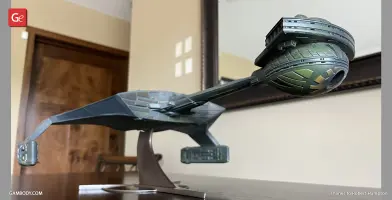
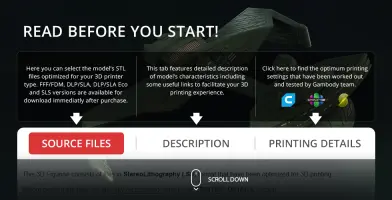
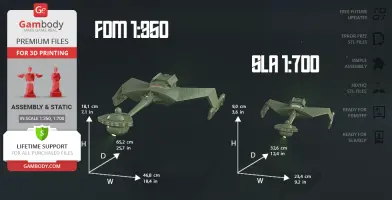
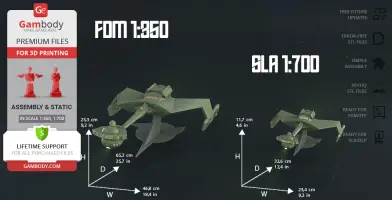
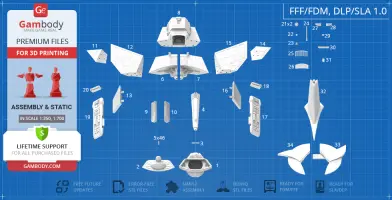

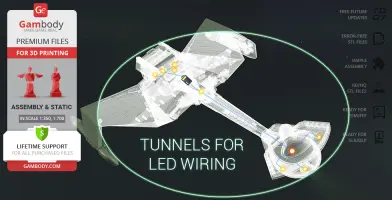
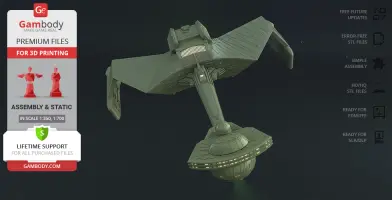
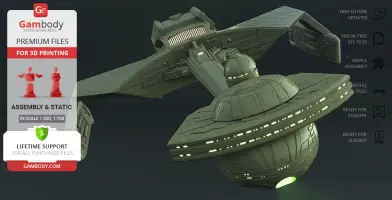

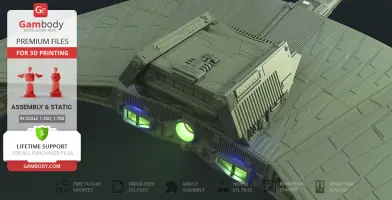
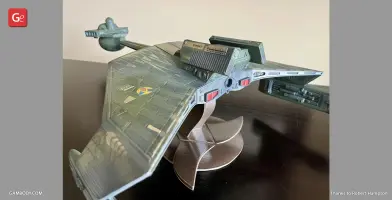
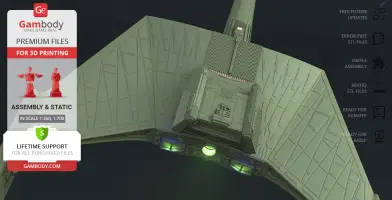
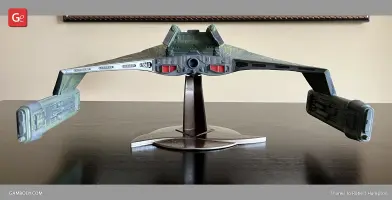
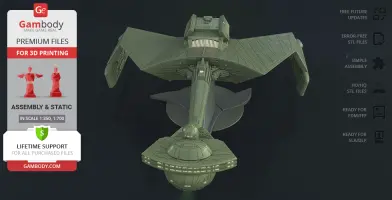
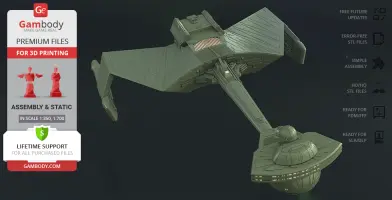
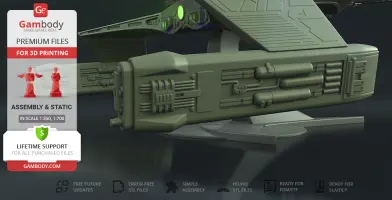
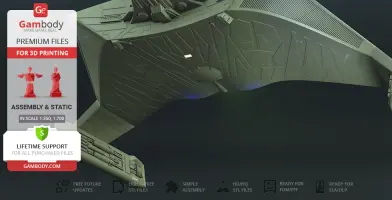

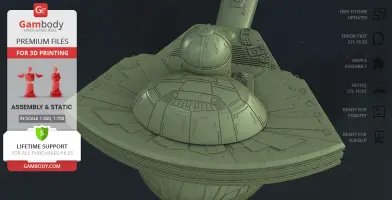
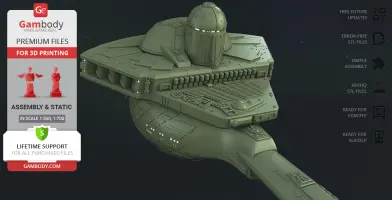
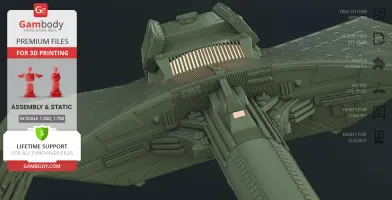
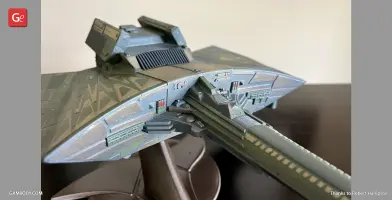
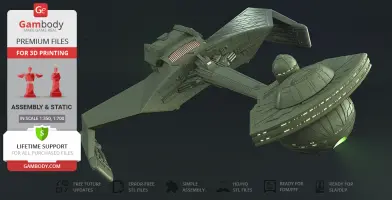
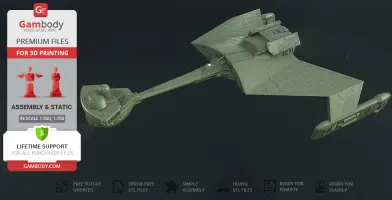
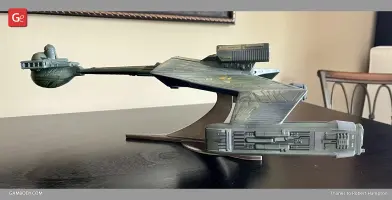
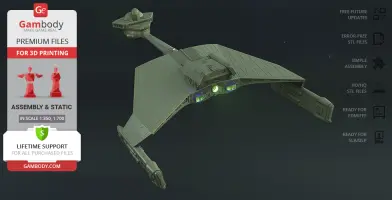
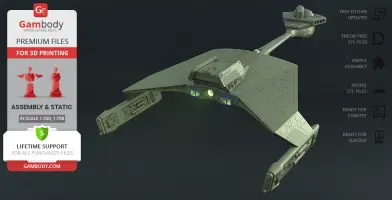

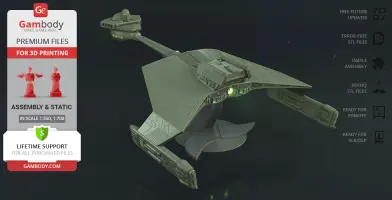
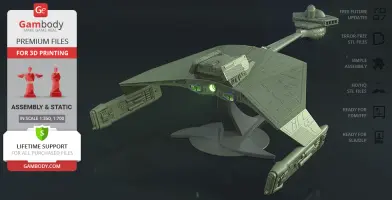
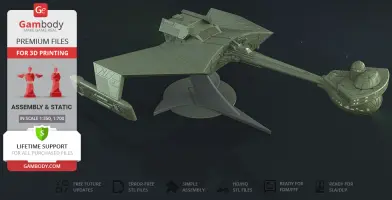
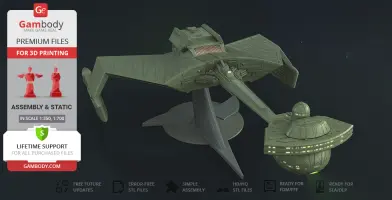
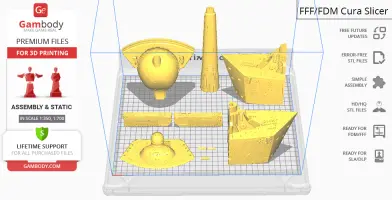
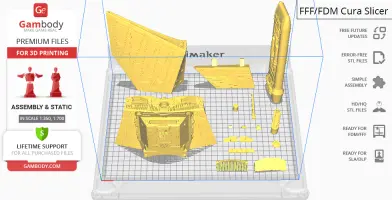
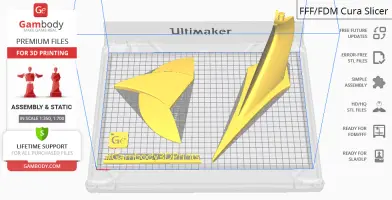
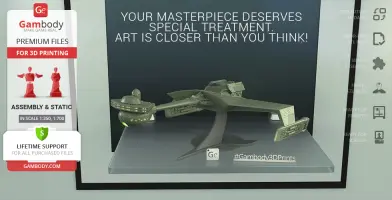


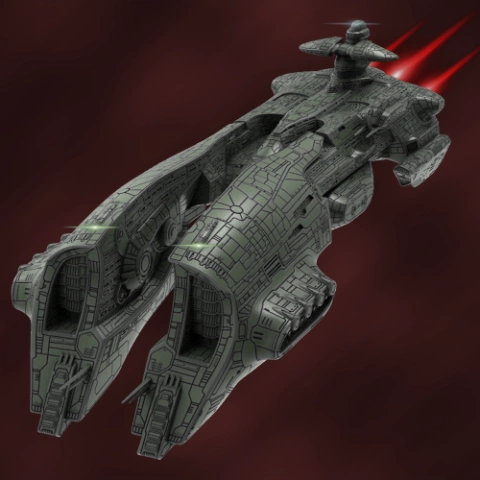


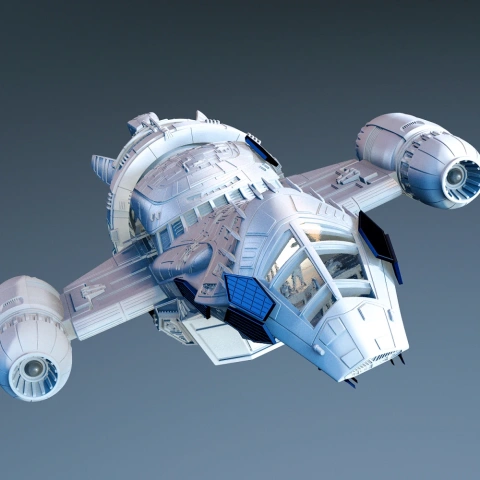
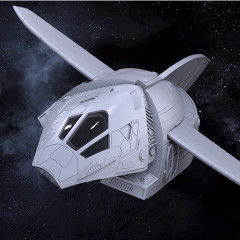
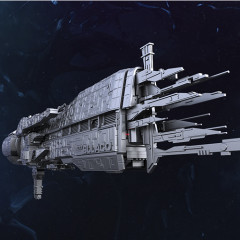
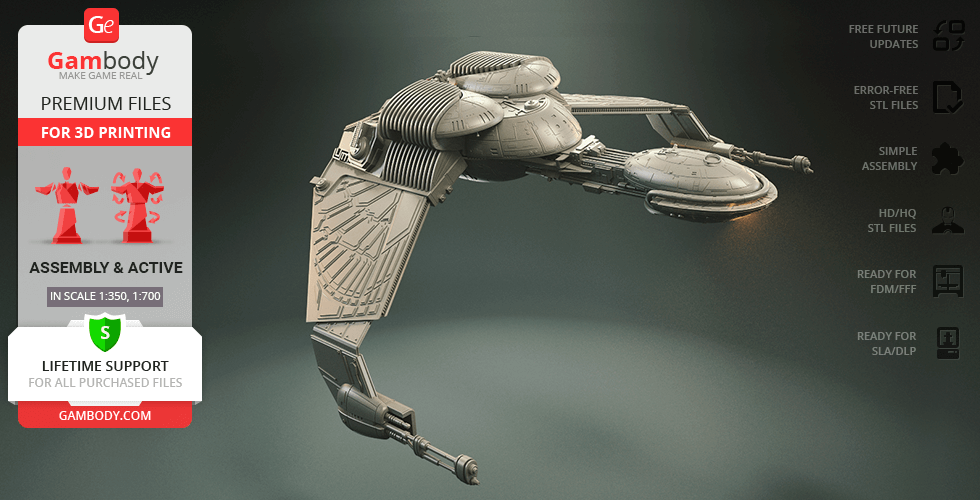
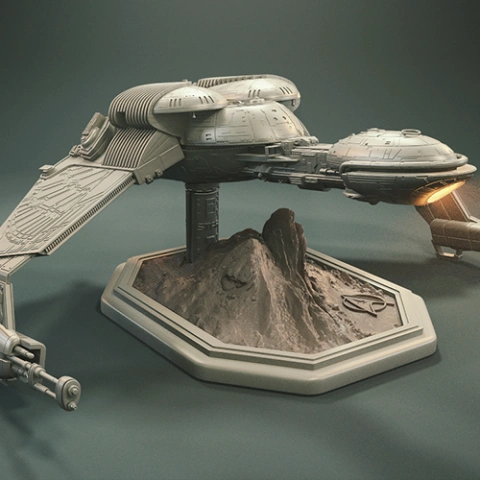
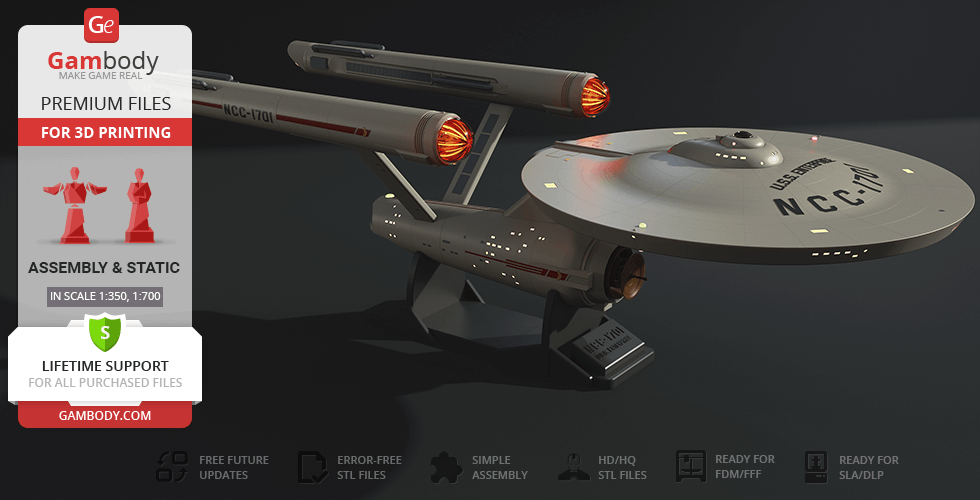
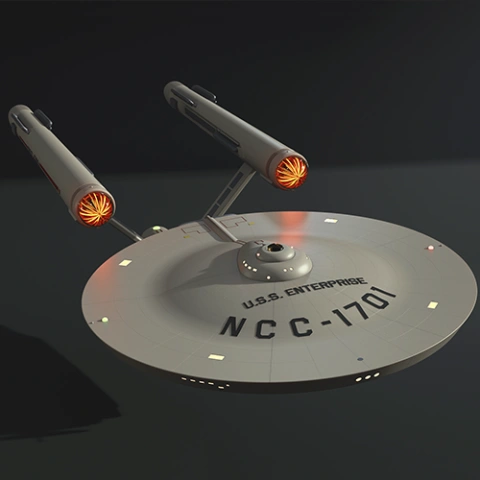
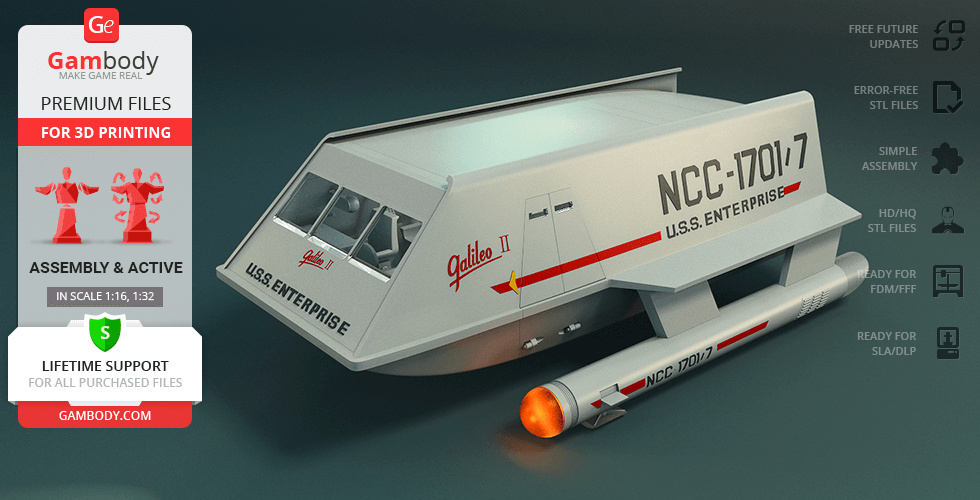



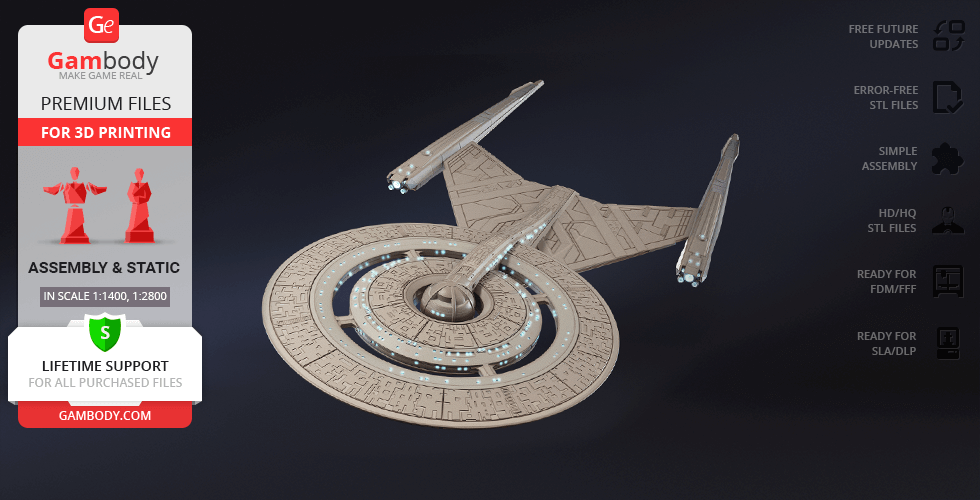
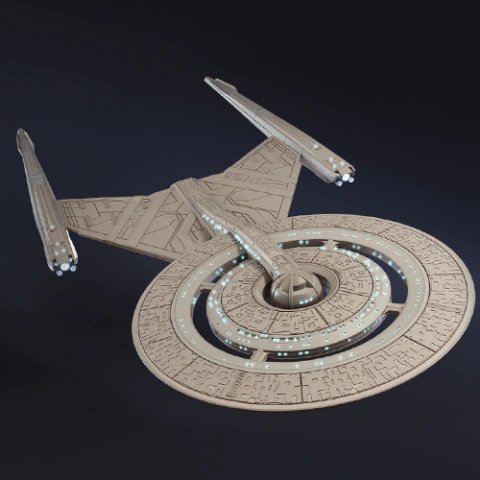
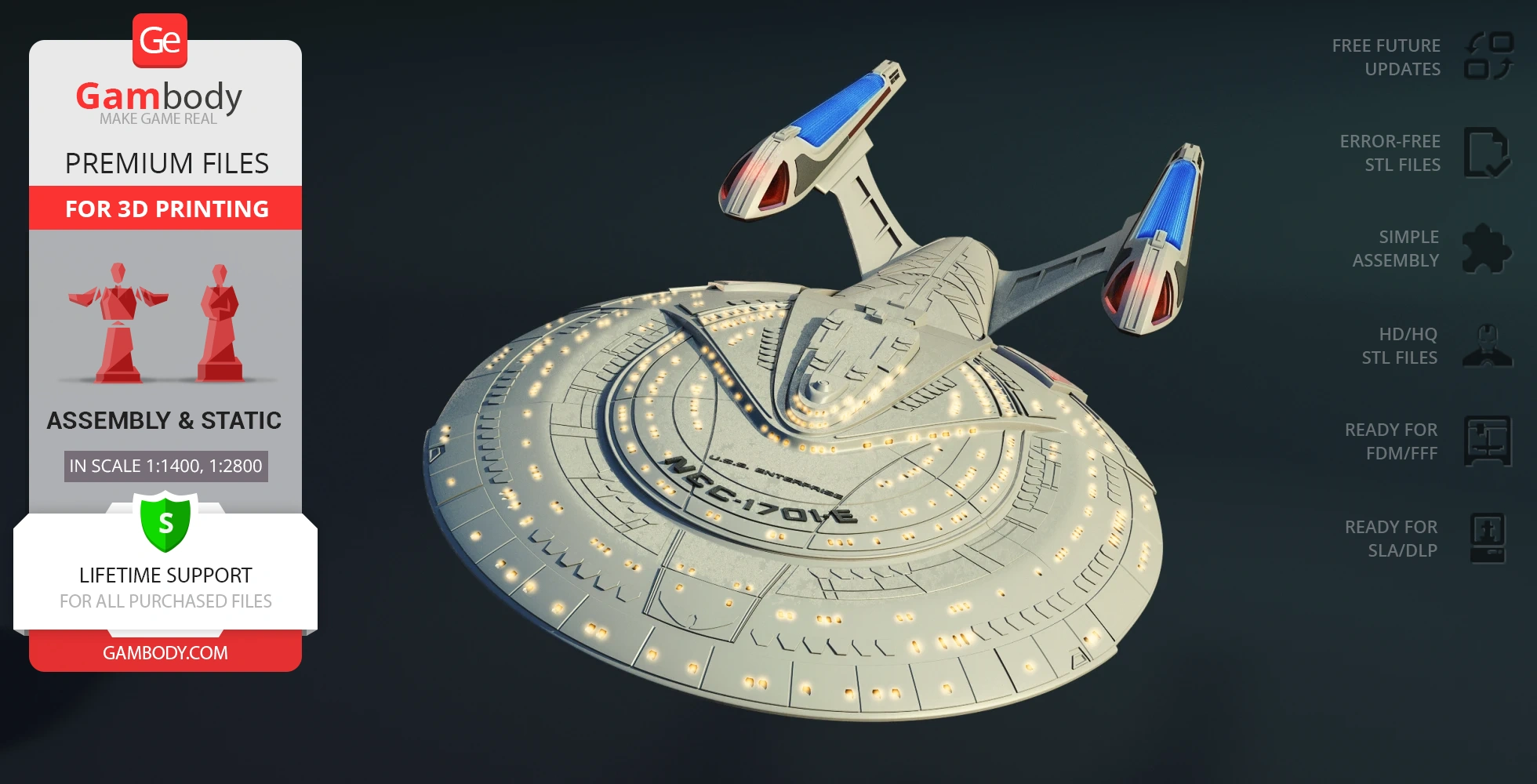
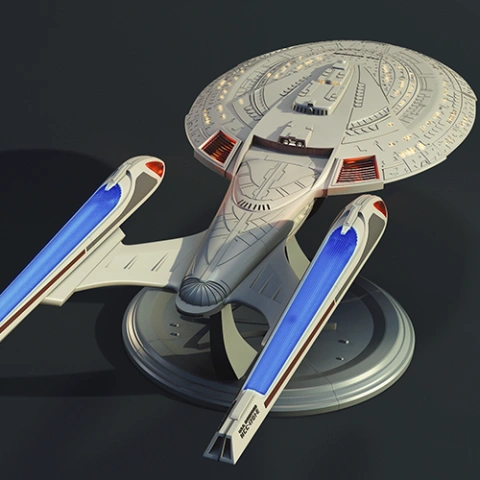
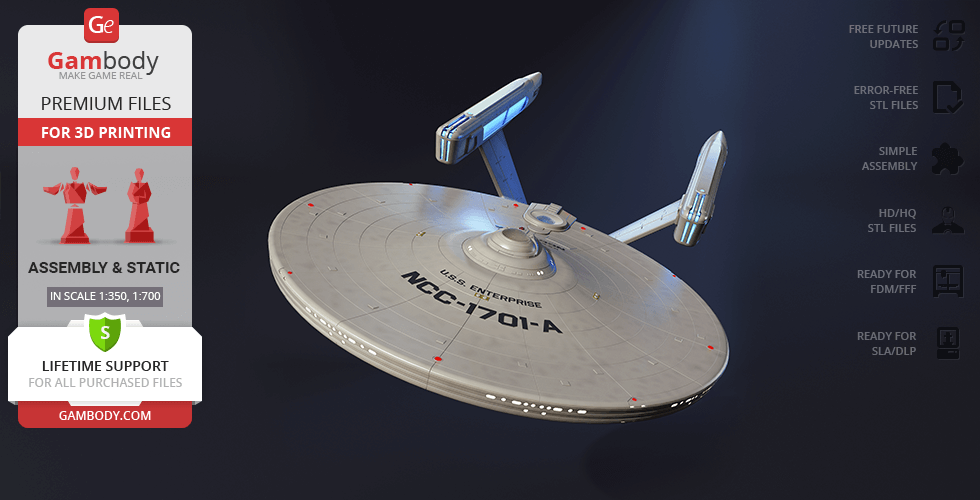
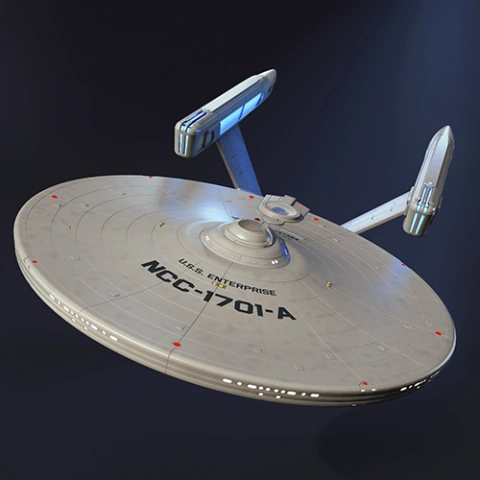

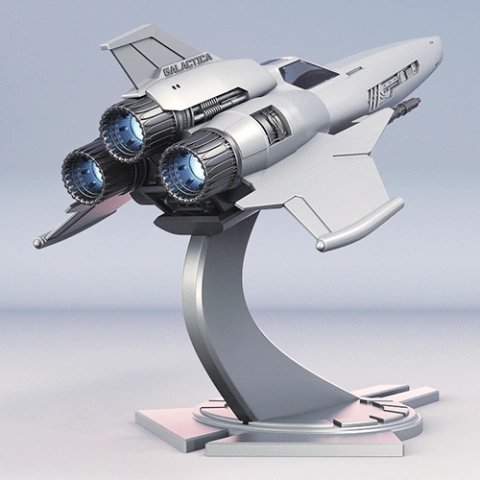
Comments